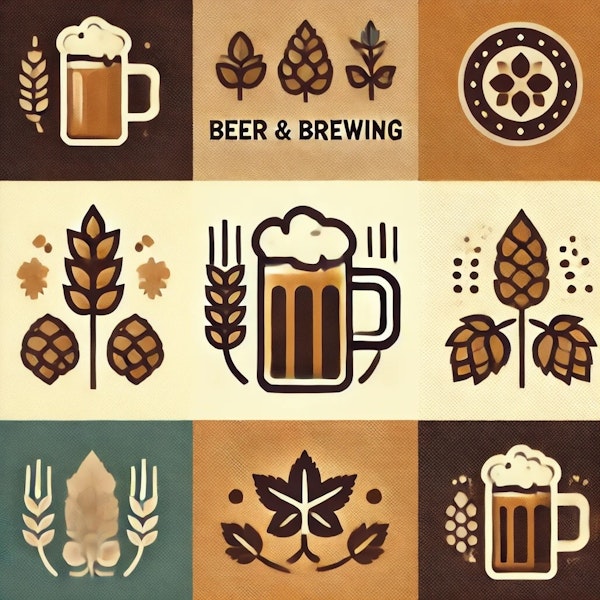
A classic Flanders Red Ale is a riot of flavors, from rich fruity notes of black currant and plum and berries, to bright acidity and dark funk, and even a raw-grain-and-biscuit malt background. Read on and get brewing!
Explore the approach that showcases the flavor of hops while preserving the distinctly “Belgian” character of Belgian beers, embodied in the Belgian IPA.
This Irish Extra Stout has an extra bump of alcohol and a deeper coffee and dark chocolate flavor profile that make it a great seasonal beer.
With one base recipe, you can create many distinct saisons just by manipulating the hopping. Here we’ve used Liberty and Hallertau to create a saison that has a spicier and slightly more fruity hops flavor and an herbal/floral aroma.
Haze in beer, in and of itself, is not something to be praised or condemned. It can be desirable and helpful in a number of styles, but it can also signal a serious problem. Here's where it comes from, how you can create it, and how you can avoid it.
This recipe from Josh Weikert will help you make your best English IPA.
Some people look at the style description of American lagers with their “strong flavors are a fault” language and simply decide not to make them. You should, though. Despite their limited range of flavor, these are still great beers!
With one base recipe, you can create many distinct saisons just by manipulating the hopping. Here we’ve used Fuggle and Styrian Goldings to create a saison with a gentle floral, earthy, and spicy hops flavor and aroma.
Brewing your best Weissbier includes a series of don’ts: don’t forget the rice hulls, don’t grow up a yeast starter, don’t oxygenate the wort, don’t cold crash. Here’s what to do for a crowd-pleaser of a beer for these dog days of summer.
Josh Weikert takes a relatively straightforward style—Helles—and “upscales” it into a double/imperial version, so that you can get a sense of the kinds of considerations in play and an approach to dealing with them.